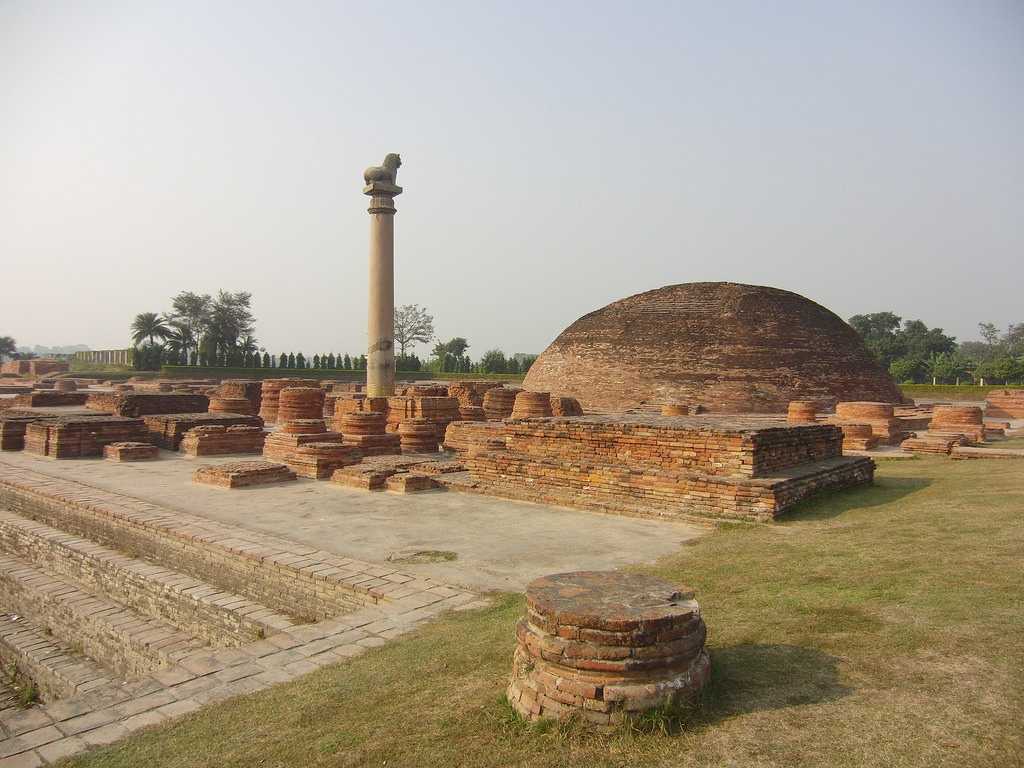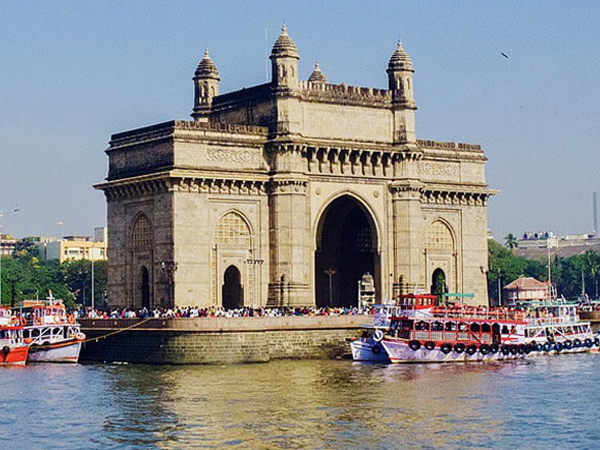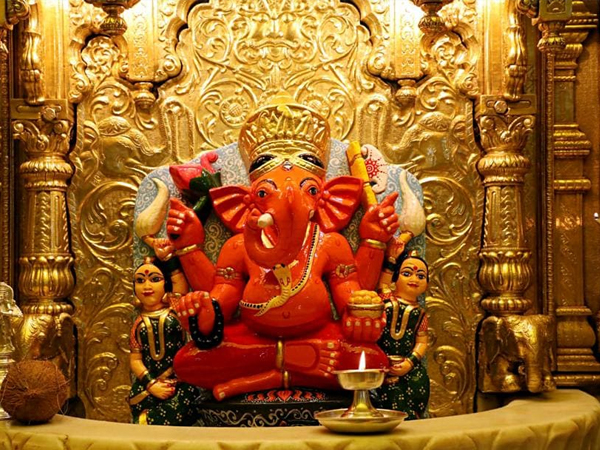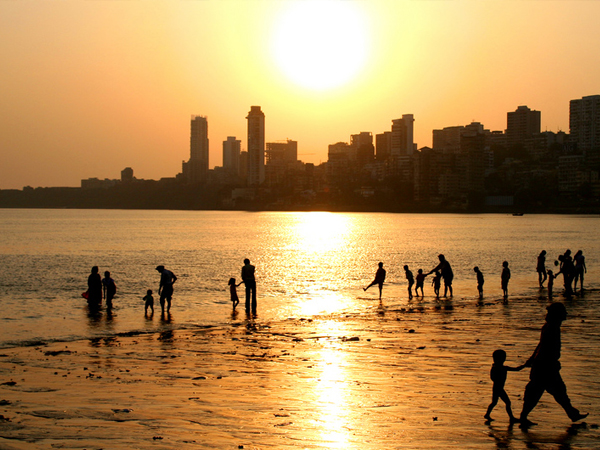Vaishali, an important archaeological site on the left bank of the Gandak river is yet another major Buddhist and Jain pilgrim center of Bihar. The town is said to be named after the legendary king Vishal, whose heroic deeds are mentioned in the epic Ramayana. It is believed that Vaishali is one of the first republics of the world, as democracy prevailed here as early as 6th century B.C., during the time of the Vajis and the Lichchavis. Lord Buddha is said to have preached his last sermon at Kolhua, located nearby. During the sermon, he hinted at his impending departure from the mortal world. Emperor Ashoka erected a huge pillar at the site to commemorate the event. About a hundred years after the Mahaparinirvana of the Buddha, the second great Buddhist council was held here to discuss the ten points of Vinaya, the rule of conduct under dispute. Two stupas were erected to commemorate this event. Jainism, too, has its origins in Vaishali, as Lord Mahavir was born on the outskirts of the city in 527 B.C. and lived in Vaishali till he was 22. Vaishali is also famous for Amrapali, the beautiful dancer, and courtesan. Lord Buddha is said to have accepted the invitation of Amrapali and went to her residence with his Bhikku Sangha to take their meals. Amrapali offered Buddha a mango orchard and became a Bhiksu (nun), under the influence of Buddha.
 Abhiskek Pushkarn (Coronation tank): The waters of the sacred tank are believed to be used for the anointing of the newly elected representatives to the Vaishali parliament during the time of the Lichchavis. The Lichchavi stupa was located nearby. ament,
Abhiskek Pushkarn (Coronation tank): The waters of the sacred tank are believed to be used for the anointing of the newly elected representatives to the Vaishali parliament during the time of the Lichchavis. The Lichchavi stupa was located nearby. ament,
Ashokan Pillar: The 18.3 meter high Lion Pillar was erected by emperor Ashoka besides a brick stupa at Kolhua, to commemorate the last sermon of Lord Buddha. The highly polished pillar is a single piece of red sandstone, surmounted by an inverted lotus-shaped capital crowned by a life-size figure of a lion facing north – the direction which Buddha took on his last voyage. The stupa was originally built by emperor Ashoka and later enlarged during the Kushan period. It is surrounded by a cluster of votive stupas with a small temple amidst them. Nearby are remains of a monastery and a tank where Buddha resided during his visit to Vaishali.
Bawan Pokhar Temple: This ancient shrine dating back to the Pala period is set on the northern bank of Bawan Pokhar. It has beautiful images of several Hindu deities.
Buddha Stupa: The sacred ashes of Lord Buddha, received by the Lichchhavis were enshrined here in a stone casket. These were found during archaeological excavations, buried in the relic chamber along with a terracotta head of Buddha, which is now preserved in the National Museum at Delhi. The relics of the stupa are located near the museum and are protected by a circular tin shed amidst a small park.
Choumukhi Mahadeva: The four-headed (Choumukhi) Shivalinga of Lord Shiva is carved out of black basalt rock and was recovered while excavating a reservoir.
Kundalpur (4 kms.): Lord Mahavir, the 24th Jain Tirthankara was born here about 2,550 years ago. It is believed that Lord Mahavir spent the first 22 years of his life here. A commemorative plaque marks the sacred site.
Raja Vishal ka Garh: The excavations at this huge mound with a circumference of about one kilometer revealed a structure with a nearly 2 meters high wall and a 43 meters wide moat around it and is thought to be an ancient parliament house. Over seven thousand representatives of the federal assembly gathered here to legislate and discuss the problems of the day.
Vishwa Shanti Stupa (World Peace Pagoda): It lies on the south bank of the Coronation Tank and is the sixth stupa in the series to be erected in India by Buddha Vihar Society.
Vaishali Museum: The museum lies near the Coronation tank and exhibits some of the archaeological finds and regional handicrafts.
Vaishali Mahotsava: The festival held on the full moon day of the month of “Vaisakh” (mid-April) celebrates the birth anniversary of Lord Mahavir.
Around Vaishali
Muzzafarpur (35 kms.)
It is one of the oldest and largest trade centers of Bihar and is popularly known as “Lychee Kingdom”, for its delicious lychee fruit. There are also some historical sites associated with the Lichchavi kingdom, dating back to the 6th century B.C.



